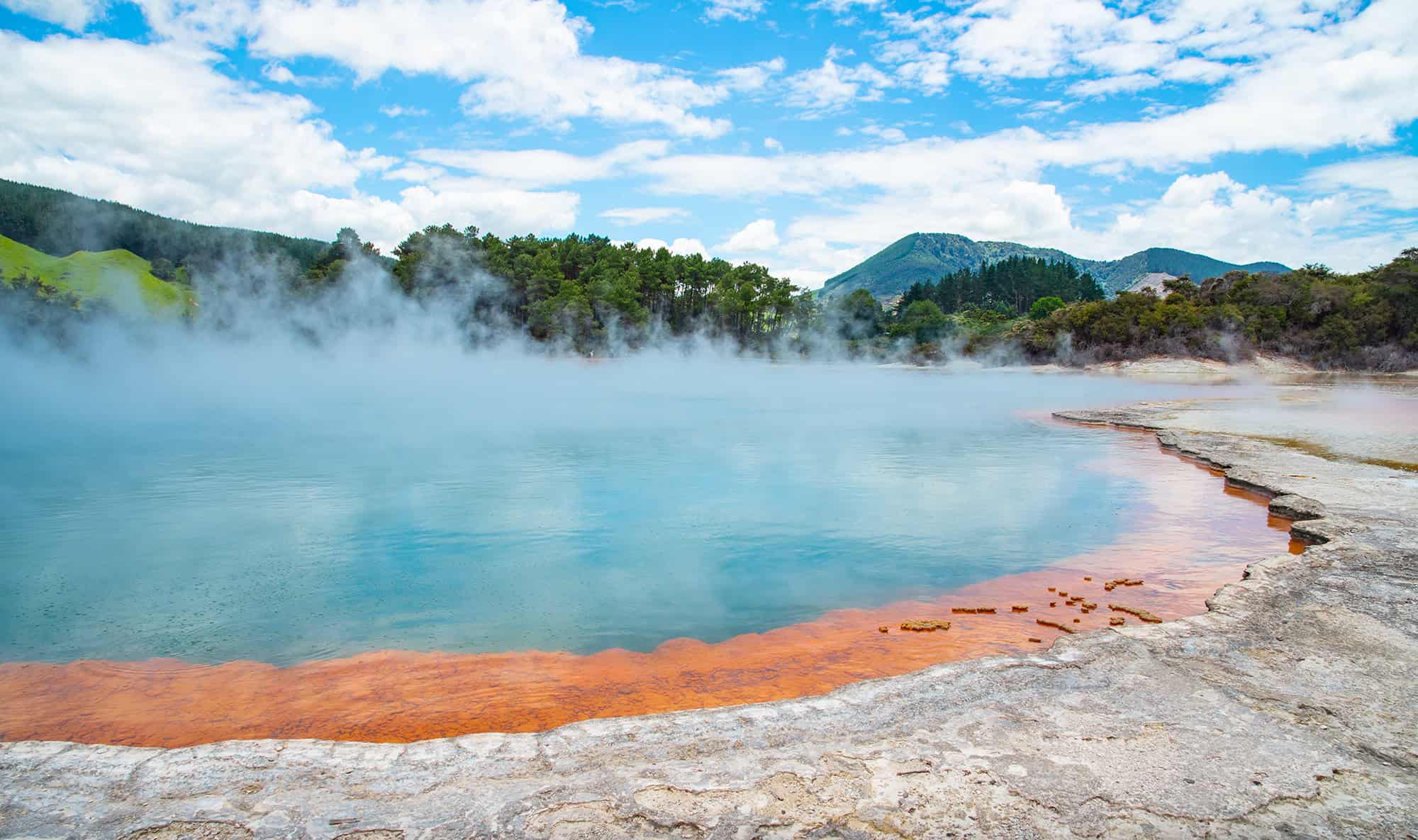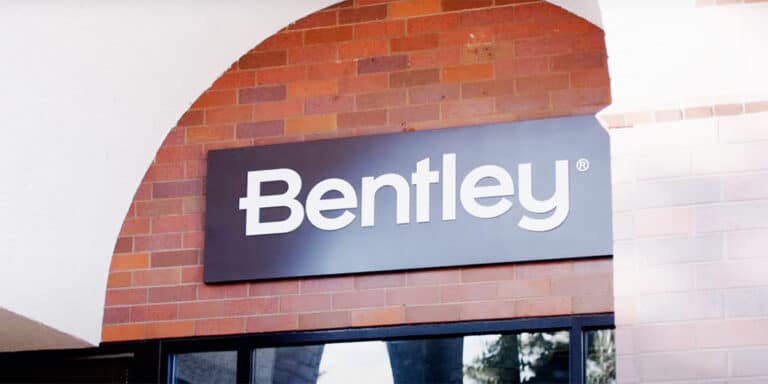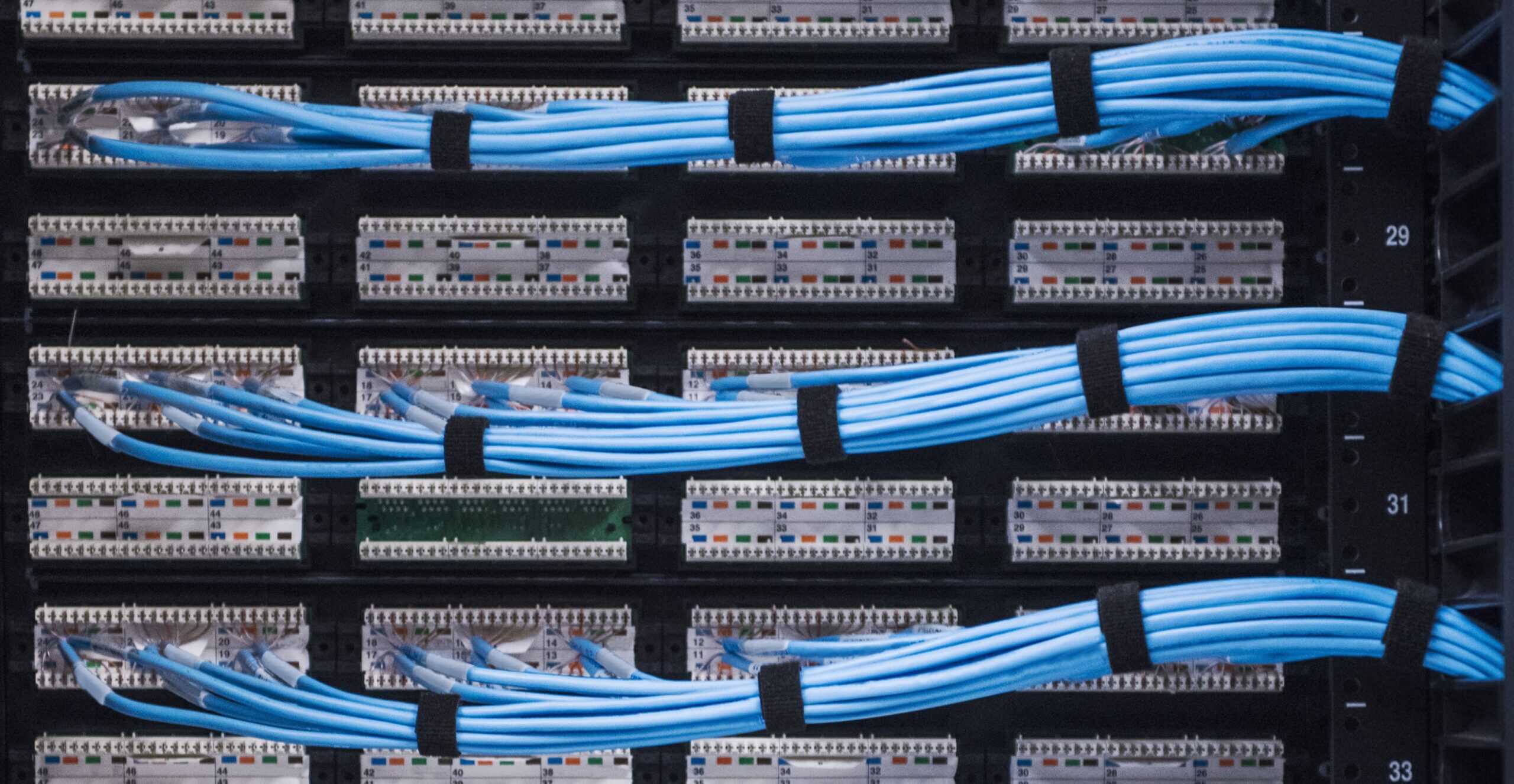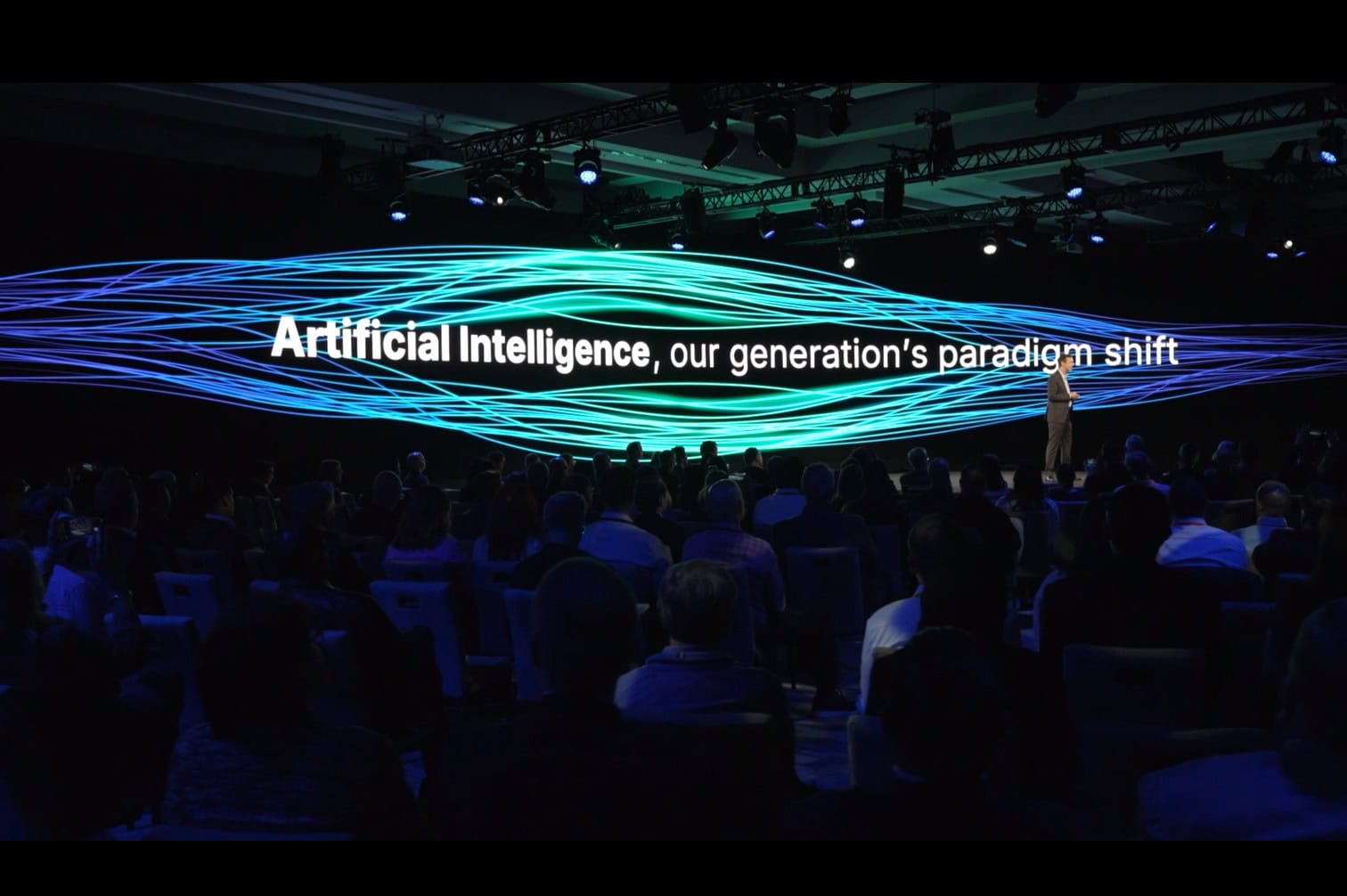The tech industry’s need for sustainable and reliable energy sources has never been more pressing. “As power-intensive generative AI training and inference continues to grow faster than other uses and applications, global data center electricity consumption could roughly double” by 2030, according to a new study from Deloitte. The accounting and advisory firm says that as a result, “many companies are looking to use a combination of innovative and energy-efficient data center technologies and more carbon-free energy sources.”
One such powerful source is geothermal energy—the heat generated by our planet’s hot interior. Seequent, The Bentley Subsurface Company, which makes sophisticated software for visualizing and building models of the underground, has teamed up with the International Geothermal Association (IGA), a non-governmental organization dedicated to promoting and supporting the development and use of geothermal energy around the world. The partnership aims to scale geothermal energy and position it as a reliable and viable source of clean power and advance its role in the global push for sustainable solutions.
“The subsurface is the foundation of so much of what we do as humans,” says Jeremy O’Brien, segment director for energy at Seequent. “From food production and mineral extraction to oil and gas, carbon storage, and geothermal power for homes, factories and data centers—it all starts underground.”
Seequent has already helped Google tap geothermal energy. In 2021, the tech giant started working with Seequent customer Fervo Energy to test geothermal energy for powering Google’s data centers in Nevada. Two years later, Fervo delivered 3.5 megawatts of renewable power to Google’s cloud.
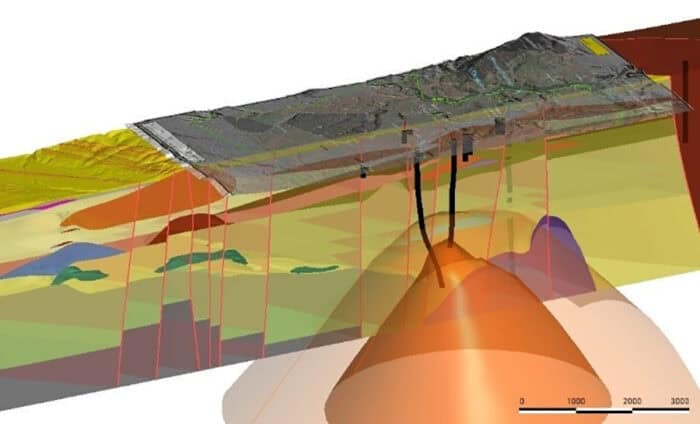 A slice through geological and temperature models built in Leapfrog Energy of the Rotokawa and Ngā Tamariki Geothermal Fields in New Zealand, operated by Mercury.
A slice through geological and temperature models built in Leapfrog Energy of the Rotokawa and Ngā Tamariki Geothermal Fields in New Zealand, operated by Mercury.Geothermal energy is heat created by Earth’s hot heart and has a dramatically lower environmental footprint than conventional energy sources. The heat radiates from our planet’s core, burning at more than 5,538 degrees Celsius (10,000 Fahrenheit), warms rocks and turns water into steam. Visitors to Yellowstone National Park in the U.S. or Iceland can see geothermal energy in action as it powers geysers and hot springs.
The heat can serve as a potent source of energy when it’s used to spin turbines and generate electricity. “Geothermal is the cleanest and most reliable renewable power source,” O’Brien says. “Advancements in technology are making geothermal energy more accessible, expanding the use case from locations like Paris, Kenya and Indonesia, where it has been used for decades.”
In Nevada, Google and Fervo were able to do this in part because of Seequent’s software for imaging the underground. The technology allowed Fervo to build 3D models of geothermal reservoirs, which can be several miles deep, and determine the best location for drilling geothermal wells. “It’s our most important tool to characterize the subsurface to determine the best location of the wells before we drill. And, as we drill, we can update our models for continuous planning,” said Steve Fercho, exploration geoscience lead at Fervo.
Geothermal energy is plentiful beneath the Earth’s surface, but reaching it has been tricky and expensive. Seequent’s software has changed that. It is modernizing the industry’s approach to understanding and managing geothermal resources through 3D subsurface modeling and simulation, which is helping to make operations more efficient and sustainable. Seequent’s latest innovations include adding new physics capabilities to its software to more accurately trace underground fluids.
Graham Grant, CEO of Seequent, and Marit Brommer, CEO of the IGA, see their partnership as transformative for the tech and other sectors and industries. Grant says that Seequent and IGA will work with global partners to “position geothermal power as a vital contributor” to the energy transition. “Partnerships like this are essential to accelerating growth,” Brommer says. “Seequent’s innovations in subsurface modeling bring clarity to geothermal development, empowering nations to harness this clean energy and make substantial strides toward global net-zero goals.”
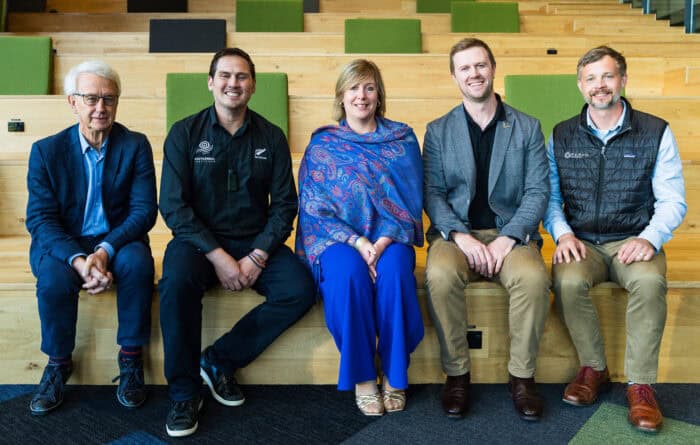 (Pictured left to right): Mike Allen, Vice President of NZ Geothermal Association, Dr John O’Sullivan, Co-Director of the NZ Geothermal Institute, Marit Brommer, Chief Executive Officer of the International Geothermal Association, Jeremy O’Brien, Seequent Segment Director, Energy, and Jack Norbeck, Co-Founder and CTO Fervo Energy.
(Pictured left to right): Mike Allen, Vice President of NZ Geothermal Association, Dr John O’Sullivan, Co-Director of the NZ Geothermal Institute, Marit Brommer, Chief Executive Officer of the International Geothermal Association, Jeremy O’Brien, Seequent Segment Director, Energy, and Jack Norbeck, Co-Founder and CTO Fervo Energy.The partnership comes at a critical time. The IGA amplified geothermal power at the U.N. Climate Conference (COP 29), which took place in Baku, Azerbaijan, in November. Seequent, which is owned by Bentley Systems, the infrastructure engineering software company, is also a major sponsor of the 2026 World Geothermal Congress in Calgary, Canada. “With COP 29, there’s a big push around geothermal energy, emphasizing that it’s not the future—it’s now,” O’Brien says. “The IGA held a panel discussion in Baku, and they’re working hard to raise the profile of geothermal.”
Bentley had its own delegation at COP29. Says O’Brien: “It’s helping us gain greater visibility at COP 29 and beyond.”
Read more about the partnership here.
